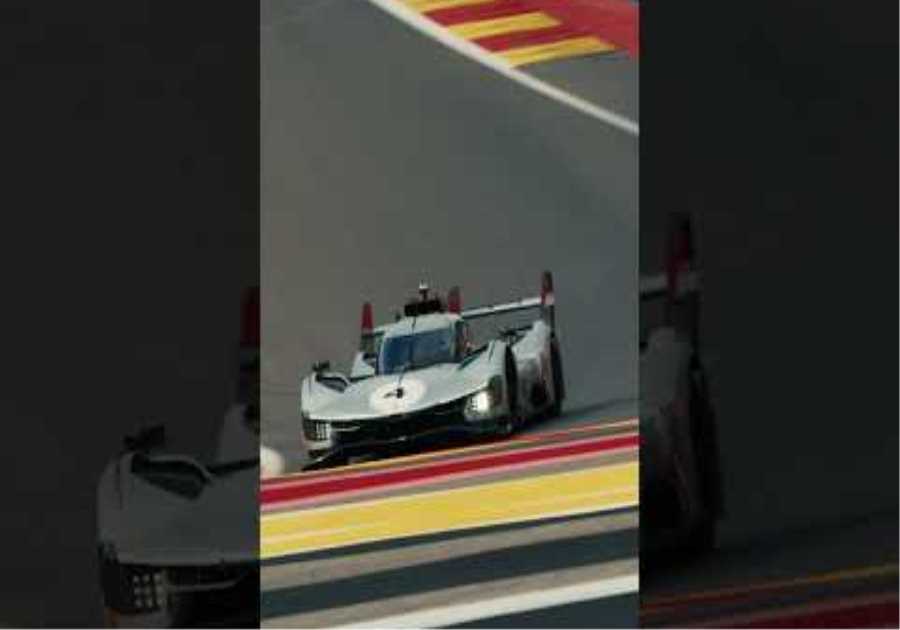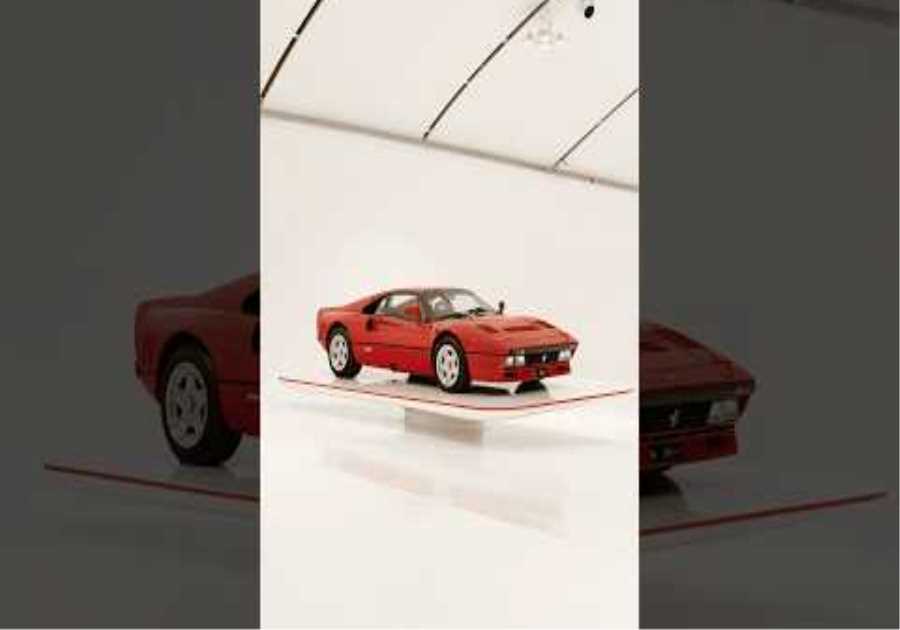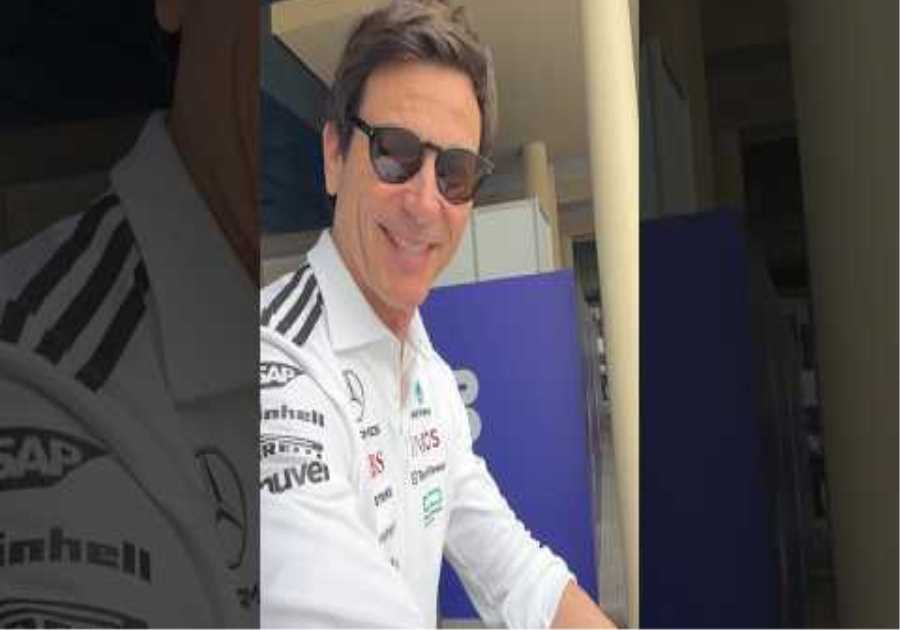McLaren and Honda to modern F1 viewers are usually associated with underpowered and unreliable engines. Back in 1988 however, the Mp4/4 evoked real fear in the hands of Senna and Prost.
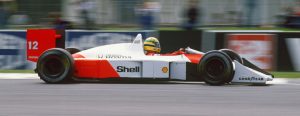
Ayrton Senna in the legendary McLaren MP4/4 from 1988 (Image Credit: McLaren Racing)
The 1988 F1 season had the potential to see a shake-up of the established order. Reigning champions Williams had lost their Honda engines to McLaren, now racing with Judd power. Nelson Piquet entered the season as the World Champion, having won his third title in 1987, his second in a row. Expectations were high, but it was McLaren that started the season with the most to gain.
Alain Prost had won the championship in 1986 and prepared to enter his third season with the team. Established as team leader, Prost now had the exciting talent of Ayrton Senna as a teammate. He would turn to his nearest and fiercest competitor, the pairing establishing a rivalry that would transcend F1 legend.
1988 marked the final year of turbo power in F1. These were nowhere near as sophisticated as today’s power units, or particularly sustainable. Producing nearly 1000bhp, the 1988 turbo engines were fire-breathing monsters. A 1.5 liter, V6 engine, the engine had low aggressive grunt. Paddle gears had yet to be invented, drivers instead using manual gearsticks mounted in the side of the cockpits. The cars had no aids or traction control. Drivers had to trust entirely in their machinery, and drive them to the absolute limit of adhesion.
The combination of these factors made these cars simply amazing to watch. Driver skills were tested every race, and designers had to be radical to ensure their designs became the cream of the crop. That is exactly what legendary designers Gordon Murray and McLaren did when designing the now equally legendary MP4/4.
Ominous test results leads to crushing early domination
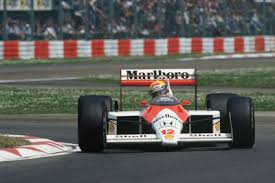
McLaren’s Ayrton Senna leads in the MP4/4 at Imola from teammate Alain Prost (Image Credit: Motorsport Images)
When the car took to the track at Barcelona in the first test of 1988, McLaren.com highlights that Prost knew within his opening few laps that the MP4/4 would win the championship. Cheers was so certain it is rumored he told this to team principal Ron Dennis. To reach that conclusion in testing after just a few laps proved to be an ominous sign and heightened expectation.
These expectations were met at the first two races, though tempered with disappointment. Senna qualified on pole, over half a second clear from Gerhard Berger in P2. Teammate Prost lined up P3. The race would see home hero Senna disqualified, with Prost taking the win. This win started dominating a run that has never been equalled.
The MP4/4 won 15 out of 16 rounds. That is a win ratio of 94%, a record that the likes of Schumacher, Hamilton, Verstappen and Vettel have all failed to match. Back in 1988, with the level of domination of the MP4/4 was unprecedented, as well as utterly demoralizing for the rest of the field. Domination is a trait that has always been in F1, but only since the 2000s has it become a regular part of F1’s DNA. Great cars have come since like the 1992 Williams Fw14B and the 2004 Ferrari F2004. But even these cannot beat the MP4/4.
Such was the advantage held by the MP4/4, the next round effectively killed off all hope of a multi-constructor championship. The McLarens locked out the front row, with Nelson Piquet’s Lotus proving to be the best of the rest. However, this was 3.5 seconds behind pole sitter Ayrton Senna. This showed the huge chasm of difference McLaren operated in during 1988. The team may as well have been in a different racing series.
During the race itself, the inevitable happened, with the entire field lapped, including reigning World Champion Piquet. The bottom two cars were lapped three times, as just 2 seconds separated the McLarens at the checkered flag. The teams knew that barring a miracle, McLaren would romp to the title.
“That” footage of Monaco
At the next round in Monaco, a moment of F1 magic took place. Senna took pole at the principality, an incredible 1.5 seconds faster than teammate Senna. An amazing achievement, it not only confirmed Senna’s raw pace but also showed the Brazilian’s place alongside the truly great drivers. At this stage of his career, Senna had won races but had yet to win the championship.
The race itself proved to be a moment of reflection for Senna. According to ayrtonsenna.com, he had the race under control, with just 11 laps of the principality to go. The team radioed him to tell him the gap to his teammate was now at over 55 seconds, and he needed to slow down. He ignored this and crashed, handing the victory to Prost, therefore maintaining the MP4/4’s unbeaten run in 1988.
Speaking afterwards, Senna recalled how he drove that day: “That day I suddenly realized that I was no longer driving it conscious. And I was in a different dimension, for me. The circuit for me was a tunnel, which I was just going, going, going. And I realized – I was well beyond my conscious understanding.” No driver has come close to an epiphany like this and is unlikely to again.
The rest of the grid gets its miracle
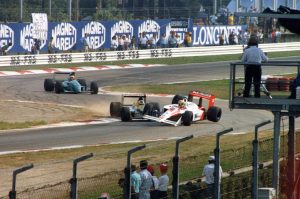
Senna and his MP4/4 collide with a lapped Williams (Image Credit: The Race)
Prost and Senna’s unbeaten run finally came to an end nine rounds later, having won all eleven rounds so far. Senna led his teammate off the line, however, Prost was suffering from a turbo issue. His Honda engine expired on lap 35. With his nearest rival out of the running, Senna looked set to take another win, each victory vital given only the two McLaren drivers could win the championship.
So see
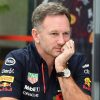
However, all was not well with Senna’s car. The Brazilian had used too much fuel in his desire to keep the lead from Prost. Prost had turned his engine up to full power to chase Senna but knew his turbo was at high risk of expiring. In reality, what the “Professor” had done, was Prost trying to ensure that neither he nor Senna could win that race. Senna backed off, both Ferraris closing in as a result.
Senna arrived at turn one to lap the Williams of Jean-Louis Schlesser (a one-off replacement for Nigel Mansell), and the two collided. Schlesser spun Senna round, the Brazilian sensationally out of the race. The MP4/4’s perfect win record of 1988 shattered in one fell swoop. The image of the collision is now legendary. The Tifosi did not mind this of course, as Senna’s retirement to a one-two on home soil, Berger taking one of the most emotive wins of his career.
McLaren of course would bounce back, winning the following race, and all remaining races of 1988. All bar one race had been won in 1988, with Senna becoming World Champion after taking the title at the final race at Suzuka.
Why was it so fast?
So why was the MP4/4 such a fast car? Simply, the perfect symphony of circumstances and factors came together. The reliable and powerful Honda V6 turbo engine produced the grunt needed to win. The legendary pairing of Senna and Prost used the raw power to push each other hard throughout the season. The competitiveness of the MP4/4 managed to turn the two men against each other.
Married to both the drivers and the engine was the chassis itself. Debate exists as to who exactly conceived the MP4/4. According to motorsport.com, both Gordon Murray and Steve Nichol’s design team claim ownership of the design. A simple but sculpted chassis hides the technical marvels within.
According to roadandtrack.com, Murray credits the speed of the MP4/4 to a desire to have both driver and engine as flat as possible. This created a huge reward in aerodynamics, resulting in the car being 1.5 seconds clear of the field in testing. At the center of the car’s design was the “bathtub” concept. A single piece of carbon fiber that contained the cockpit, and back bulkheads. Designed to fit around the monocoque, which itself was a very simple piece of design.
The MP4/4 remains one of the most evocative and emotive F1 cars ever made. F1 has learned to embrace dominance in recent years, with the likes of Ferrari, Mercedes and now Red Bull crushing its rivals at various points. However, McLaren is the team that truly encapsulated the term “dominant” with the MP4/4.
McLaren was the first to show F1 the results of a truly devastating F1 car. Had it not been for a wayward Williams Judd at Monza, McLaren would have won every race in 1988. Its legendary driver lineup, emotive soundtrack, win ratio and evocative livery give the MP4/4 the accolade of being the greatest F1 car ever to have been built.
Feature Image Credit: McLaren Racing
Did you miss our previous article...
https://formulaone.news/mercedes/2022-f1-abu-dhabi-gp-winners-and-losers


